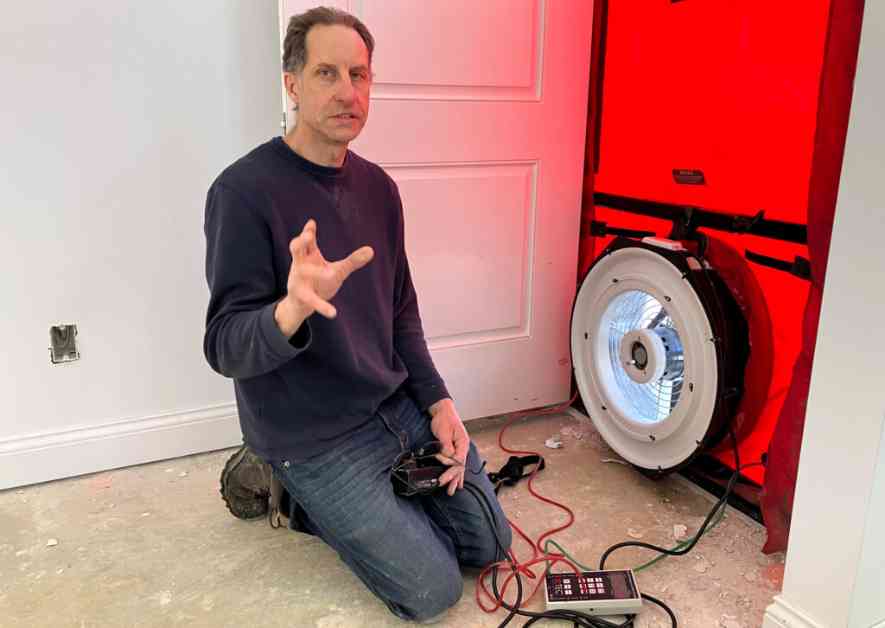Energy Efficiency Concerns Rise in Ohio Amid Uncertain Federal Funding
SUNBURY, Ohio—Dwayne Petko, owner of Energy Matters LLC, kneels in a semi-built house, conducting a blower door test to assess air leakage. With his trusty companion Jackson by his side, Petko is among the many professionals in Ohio gearing up for increased demand in energy audits, thanks to federal funding aimed at enhancing home efficiency.
Wary Energy Pros on Ohio’s State of Rebates
However, despite the promise of federal rebates, Petko, like many others in his field, remains cautious. Ohio’s track record of abruptly dismantling efficiency programs, notably through House Bill 6 in 2019, has left professionals skeptical about the sustainability of new initiatives. This uncertainty is particularly concerning given the declining workforce in energy efficiency, posing challenges to scale up new programs.
Expert Insights on Ohio’s Energy Landscape
Julie Tolliver, owner of Energy Fitness for Homes near Cincinnati, acknowledges the Department of Development’s efforts in managing the rollout of rebates. While recognizing the state’s understanding of the challenges, Tolliver emphasizes the shortage of skilled workers in the industry, hindering the effective implementation of new programs.
Federal Funding and State Programs
Ohio, among the majority of states receiving federal funding, has secured commitments for two rebate programs totaling $250 million. The Home Efficiency Rebates program offers incentives for energy-saving measures, while the Home Electrification and Appliance Rebates program covers costs for efficient appliances. Consumers can expect guidance from contractors to navigate the rebate process effectively.
The Road Ahead: Challenges and Opportunities
Tom Bullock, executive director of Citizens Utility Board of Ohio, highlights the role of federal funding in promoting energy efficiency where market mechanisms fall short. Yet, Ohio’s history of dismantling efficiency programs has raised doubts about the state’s ability to sustain long-term solutions, echoing the sentiments of energy efficiency professionals like Nate Adams.
Navigating a Sustainable Path Forward
Nate Adams, a renowned energy efficiency influencer, expresses skepticism about the lasting impact of federal funding, cautioning against short-term solutions that fail to address long-standing energy waste issues. With concerns over the profitability of energy audits and retrofits, Adams emphasizes the need for a broader campaign to enhance housing stock efficiency and reduce reliance on fossil fuels.
Challenges in Reaching Those in Need
Petko, reflecting on the difficulties of government efficiency programs, underscores the challenge of reaching individuals with the greatest energy efficiency needs. Balancing concerns about program sustainability and effectiveness, Petko highlights the complexity of addressing energy efficiency in homes, especially for those with limited resources.
Supporting Climate Journalism
Amidst these challenges, Inside Climate News continues to provide vital coverage on climate and environmental issues, free for all readers. As a nonprofit organization, ICN relies on donations to sustain its impactful reporting and reach a wider audience. Your support enables ICN to hold polluters accountable, debunk misinformation, and inspire action towards a sustainable future.
In conclusion, Ohio’s energy efficiency landscape stands at a crossroads, with professionals and policymakers navigating the delicate balance between federal funding opportunities and long-term sustainability. As the state grapples with past missteps and uncertain futures, the need for comprehensive, lasting solutions to address energy waste remains paramount.














